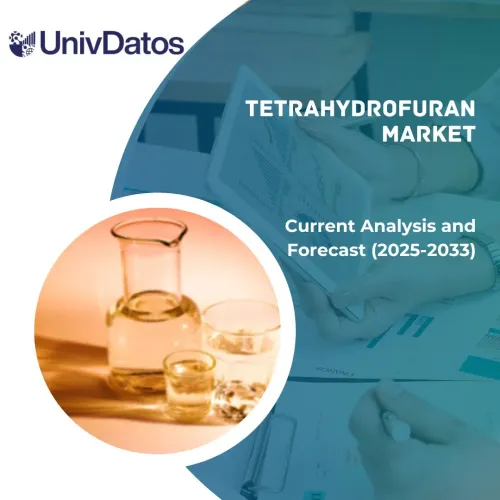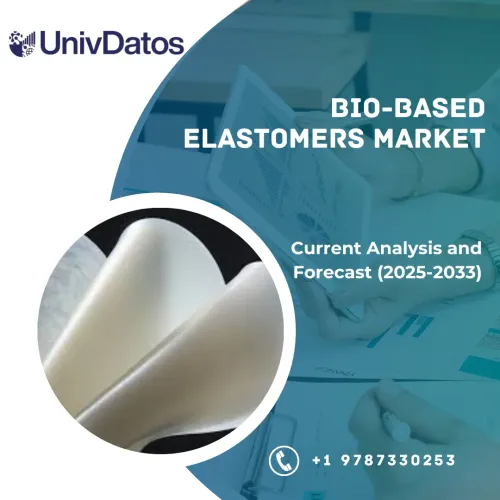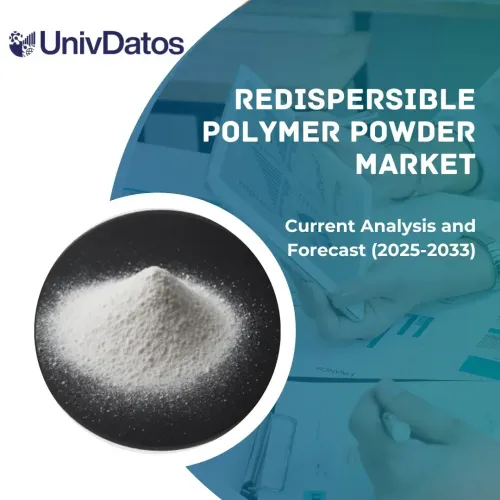- Home
- About Us
- Industry
- Services
- Reading
- Contact Us
Aramid Fiber Market: Current Analysis and Forecast (2021-2027)
Emphasis by Type (Para-Aramid and Meta-Aramid); Application (Security & Protection, Frictional Materials, Rubber Reinforcement, Optical Fibers, Tire Reinforcement, Electrical Insulation, Aerospace, and Others); and Region and Country

The global aramid fiber market is likely to showcase a growth of around 8% during the forecast period. Aramid fibers are high-performance fibers that are manufactured from stiff polyamide polymer chains. Owing to several properties such as heat resistance, toughness, low creep, excellent strength, lightweight, modulus, and high stability, these fibers are utilized in many different areas such as sports goods, aviation, and military vehicles, as well as fabrics in apparel such as fire safety garments or bulletproof jackets. Also, these fibers are extensively consumed in the manufacturing of consumer goods such as refrigerators, AC, washing machines, and others to make them strong and lightweight. Further, increasing demand for lighter, stronger, and more durable ropes and cables to lift heavier loads and for reaching greater depths is expanding the aramid fiber market. Also, due to its excellent strength as steel, it is widely used in the construction industry as a substitute. As a result, several companies are investing in aramid fiber to increase their production capacity. For instance, in May 2020, Hyosung announced an investment of around $48.8 million (KRW 61.3 billion) in its Aramid factory in Ulsan, South Korea to increase the factory′s production capacity from 1,200 tons to 3,700 tons a year.
Insights Presented in the Report
“Amongst type, para-aramid has a prominent share in the aramid fiber market”
Based on type, the market is categorized into para-aramid and meta-aramid. Among these, para-aramid has a prominent share in the aramid fiber market. This can be mainly attributed to its distinguished properties such as high strength, lightweight, high chemical & heat resistance, high strength-to-weight ratio, and excellent ballistic property. Owing to these properties, it is widely used in protective equipment such as bulletproof vests, protective helmets & gloves, racing cars, aerospace components, and others.
“Amongst application, security & protection has accounted for a considerable share in the aramid fiber market”
Based on application, the market is categorized into security & protection, frictional materials, rubber reinforcement, optical fibers, tire reinforcement, electrical insulation, aerospace, and others. Among these, security & protection has accounted for a considerable share in the aramid fiber market. It is due to the rising concerns for protection in the civilian law enforcement agencies and the military from rebellion and terrorism activities. Moreover, aramid fiber is also used for safety equipment such as industrial gloves, eyewear, and hard armor helmets in various industries due to its chemical and heat resistance properties.
“Asia-Pacific is expected to showcase significant growth in the global aramid fiber market during the forecast period”
For a better understanding of the market adoption of aramid fiber, the market is analyzed based on its worldwide presence in the countries such as North America (United States, Canada, Rest of North America), Europe (Germany, France, United Kingdom, Italy, Spain, and Rest of Europe), Asia-Pacific (China, Japan, India, Australia, and Rest of APAC), and Rest of World. Asia-Pacific is expected to demonstrate significant growth in the global aramid fiber market during the forecast period. This can be ascribed to the increase in the defense expenditure that is enabling governments of various countries to invest in advanced and lightweight protective equipment for military forces. Further, several companies are investing to increase aramid fiber production which is likely to fuel the regional market. For instance, in June 2021, Kolon Industries, a South Korea-based chemical company announced an investment of $208.6 million (KRW 236.9 billion) to increase the annual production capacity of aramid from the current 7,500 metric tons to 15,000 tons by 2023.
Reasons to buy this report:
- The study includes market sizing and forecasting analysis validated by authenticated key industry experts
- The report presents a quick review of overall industry performance at one glance
- The report covers an in-depth analysis of prominent industry peers with a primary focus on key business financials, product portfolio, expansion strategies, and recent developments
- Detailed examination of drivers, restraints, key trends, and opportunities prevailing in the industry
- The study comprehensively covers the market across different segments
- Deep dive country-level analysis of the industry
Customization Options:
The global aramid fiber market can further be customized as per the requirement or any other market segment. Besides this, UMI understands that you may have your own business needs, hence feel free to connect with us to get a report that completely suits your requirements.
Table of Content
Research Methodology for Aramid Fiber Market Analysis (2019-2027)
Analyzing the historical market, estimating the current market, and forecasting the future market of aramid fiber, three major steps are undertaken to create and analyze its adoption across the globe. Exhaustive secondary research was conducted to collect the historical market numbers and estimate the current market size. Secondly, to validate these insights, numerous findings and assumptions were taken into consideration. Moreover, exhaustive primary interviews were also conducted, with industry experts across the value chain of the aramid fiber industry. Post assumption and validation of market numbers through primary interviews, we employed a bottom-up approach to forecast the complete market size. Thereafter, market breakdown and data triangulation methods were adopted to estimate and analyze the market size of segments and sub-segments of the industry pertains to. Detailed methodology is explained below:
Seek More Details About Research Methodology
Analysis of Historical Market Size
Step 1: In-Depth Study of Secondary Sources:
Detail secondary study was conducted to obtain the historical market size of aramid fiber through company internal sources such as annual reports & financial statements, performance presentations, press releases, etc., and external sources including journals, news & articles, government publications, competitor publications, sector reports, third-party database, and other credible publications.
Step 2: Market Segmentation:
After obtaining the historical market size of the aramid fiber market, we conducted a detailed secondary analysis to gather current market insights and share for different segments & sub-segments for major regions. The major segment is included in the report by type and application. Further regional and country-level analyses were conducted to evaluate the overall adoption of aramid fiber globally.
Step 3: Factor Analysis:
After acquiring the historical market size of different segments and sub-segments, we conducted a detailed factor analysis to estimate the current market size of the aramid fiber. Further, we conducted factor analysis using dependent and independent variables such as increasing demand for lightweight, high tensile strength, and corrosion-resistance materials from defense, transportation & aircraft, and other sectors. A thorough analysis was conducted for demand and supply-side scenarios considering an increasing investment, top partnerships, mergers and acquisitions, business expansion, and product launches in the aramid fiber industry.
Current Market Size Estimate & Forecast
Current Market Sizing: Based on actionable insights from the above 3 steps, we arrived at the current market size, key players in the global aramid fiber market, and market shares of each segment. All the required percentage shares split, and market breakdowns were determined using the above-mentioned secondary approach and were verified through primary interviews.
Estimation & Forecasting: For market estimation and forecast, weights were assigned to different factors including drivers & trends, restraints, and opportunities available for the stakeholders. After analyzing these factors, relevant forecasting techniques i.e., the bottom-up approach were applied to arrive at the market forecast to 2027 for different segments and subsegments across the major regions globally. The research methodology adopted to estimate the market size encompasses:
- The industry’s market size, in terms of value (US$) and the adoption rate of aramid fiber across the major markets
- All percentage shares, splits, and breakdowns of market segments and sub-segments
- Key players in the aramid fiber market. Also, the growth strategies adopted by these players to compete in the fast-growing market
Market Size and Share Validation
Primary Research: In-depth interviews were conducted with the Key Opinion Leaders (KOLs) including Top Level Executives (CXO/VPs, Sales Head, Marketing Head, Operational Head, Regional Head, Country Head, etc.) across major regions. Primary research findings were then summarized, and statistical analysis was performed to prove the stated hypothesis. Inputs from primary research were consolidated with secondary findings, hence turning information into actionable insights.
Split of Primary Participants by Stakeholders and Regions

Market Engineering
The data triangulation technique was employed to complete the overall market estimation and to arrive at precise statistical numbers for each segment and sub-segment of the global aramid fiber market. Data was split into several segments & sub-segments post studying various parameters and trends in the area of type and application.
The main objective of the aramid fiber market study
The current & future market trends of global aramid fiber were pinpointed in the study. Investors can gain strategic insights to base their discretion for investments on the qualitative and quantitative analysis performed in the study. Current and future market trends would determine the overall attractiveness of the market at a country level, providing a platform for the industrial participant to exploit the untapped market to benefit as a first-mover advantage. Other quantitative goals of the studies include:
- Analyze the current and forecast market size of aramid fiber in terms of value (US$). Also, analyze the current and forecast market size of different segments and sub-segments
- Segments in the study include the area of type and application
- Defined analysis of the regulatory framework for the aramid fiber industry
- Analyze the value chain involved with the presence of various intermediaries, along with analyzing customer and competitor behaviors of the industry
- Analyze the current and forecast market size of aramid fiber for the major countries
- Major regions/countries analyzed in the report include North America (United States, Canada, Rest of North America), Europe (Germany, France, United Kingdom, Italy, Spain, Rest of Europe), Asia-Pacific (China, Japan, India, Australia, Rest of Asia-Pacific), and Rest of World
- Company profiles of the aramid fiber market players and the growth strategies adopted by them to sustain the growing market
- Deep dive country-level analysis of the industry
Related Reports
Customers who bought this item also bought










